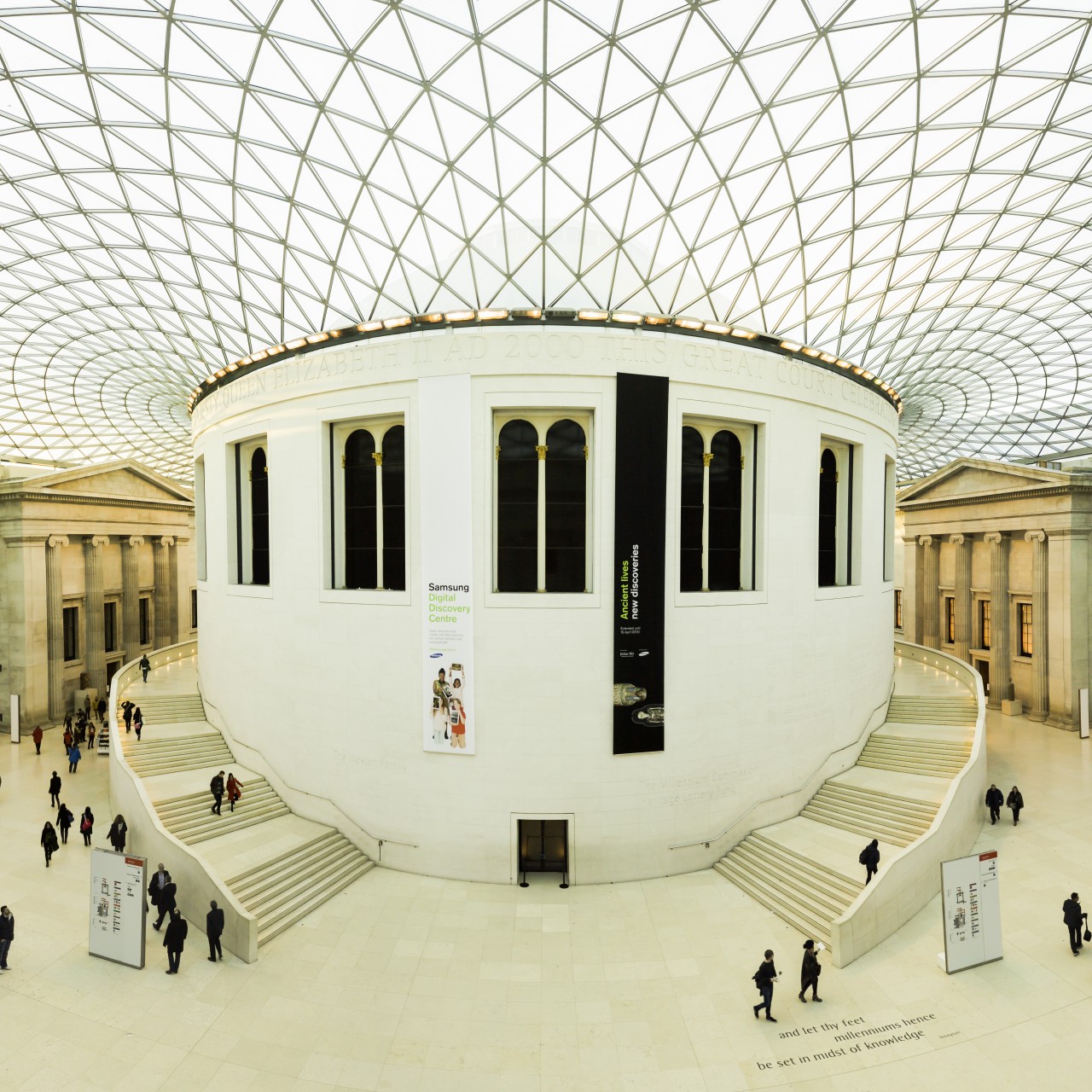SmartReport at the Museum of London
DTLab project with the Museum of London

Overview
This challenge was carried out together with the Museum of London (MoL). The MoL has been offering its visitors insights into the history of London since 1965 and has a total of over one million exhibits. To ensure a smooth stay for the many visitors from all over the world, good facility management is needed. This resulted in a challenge with HM Hochschule München University of Applied Sciences.
Problem
The Museum of London has a new goal: modern facility management to save time and resources. Several years ago, the museum installed sensors that generate important data about the current condition of the building. However, the data was managed by a third-party provider. In case of problems, the facility managers (FM) had to contact the third-party provider to get more information about the installations. This led to unnecessary time delays and high costs. In addition, the data could not be verified and the facility managers had to rely on the information from the third-party provider. The Museum of London now wants to introduce data-driven facility management. To do this, it needs access to its own data and a platform where it can be displayed in a meaningful way.
In January 2021, the museum already tried to access sensor data via software. This provided a small overview, but the facility managers could hardly read any information from the data obtained. It was also important for the museum to know why certain facilities were not working and to be notified via the system if a facility was running outside the defined set points.
For this challenge, ten Bachelor's and Master's students from HM University of Applied Sciences worked together with the Museum of London. The students developed a solution to help the museum control, monitor and make sense of data while saving time and resources.
Solution approach
To find a solution to the given problem, the students split into two groups that went through the same work process. The path from the first client meeting to the prototype consisted of six work steps and took 16 weeks. To work out the solution to the problem described above, the students used the Design Thinking method. In the first step, they answered the "5 Working Backwards Questions", which are also used at Amazon. This helped them define the problem, the customer's needs and their solution. Next, they created an empathy map to represent the customer more accurately. It contained the factors that the final product had to take into account, including the customer's tasks, goals, influencing factors, emotions and so-called pain points.
To generate initial product ideas, the students used the "Crazy 8" method. The best idea per team, called the "Big Idea", was presented in the next step. For this, the students created a storyboard, a fictitious newspaper article called Press Release, and a FAQ describing the final product in detail. Based on these artefacts, a prototype was then built in the course of the semester in five so-called "sprints". The design of the prototype was based on the scrum method.
Innovation in action
The final result was presented to the Museum of London in the form of a functioning prototype. The idea of the second student team is an app called "SmartReport", which can be used on a laptop as well as on a tablet or mobile phone. The app was built using Amazon Web Services (AWS). The data used was provided by the third-party provider.
"SmartReport" turns raw data into useful information by playing back sensor data via audio and showing where it came from and what it is relevant to. This means that facility managers can go about their business and still stay up to date. With the help of the app, the facility manager receives the most important building information in compact audio reports and is also notified directly by audio alarm in the event of an emergency, should a particularly important system fail. The app can be used by several people at the same time and access is possible from anywhere: whether in the office or from home. In case of problems, users can contact a dedicated support service. As it enables facility managers to work efficiently and save resources, the idea and the prototype were very well received at the final presentation.
Faculty: 10 - Business Administration
Semester: Summer Semester 2021
Professors: Prof. Lars Brehm, Prof. Holger Günzel
Cooperation: Co-Innovation Lab and DTLab
Challengepartner: Museum of London
Team: 5 Students per team from the courses Business Administration&Computer Science
Date: 16.07.2021
Documents
The documents that the students created during the challenge can be found here:
For more information on the projet visit our Github account.